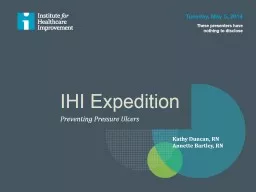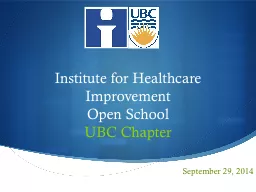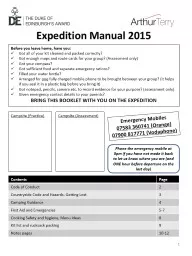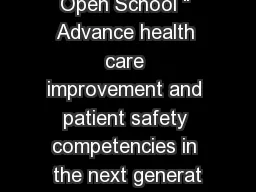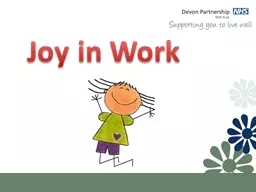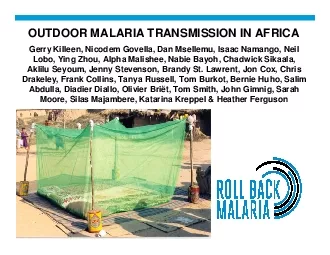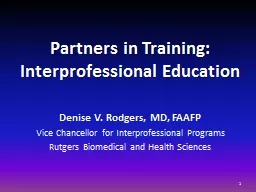PPT-IHI Expedition
Author : alida-meadow | Published Date : 2017-03-21
Preventing Pressure Ulcers Tuesday May 6 2014 These presenters have nothing to disclose Kathy Duncan RN Annette Bartley RN Todays Host 2 Sarah Konstantino Project
Presentation Embed Code
Download Presentation
Download Presentation The PPT/PDF document "IHI Expedition" is the property of its rightful owner. Permission is granted to download and print the materials on this website for personal, non-commercial use only, and to display it on your personal computer provided you do not modify the materials and that you retain all copyright notices contained in the materials. By downloading content from our website, you accept the terms of this agreement.
IHI Expedition: Transcript
Download Rules Of Document
"IHI Expedition"The content belongs to its owner. You may download and print it for personal use, without modification, and keep all copyright notices. By downloading, you agree to these terms.
Related Documents

